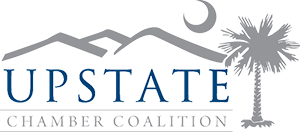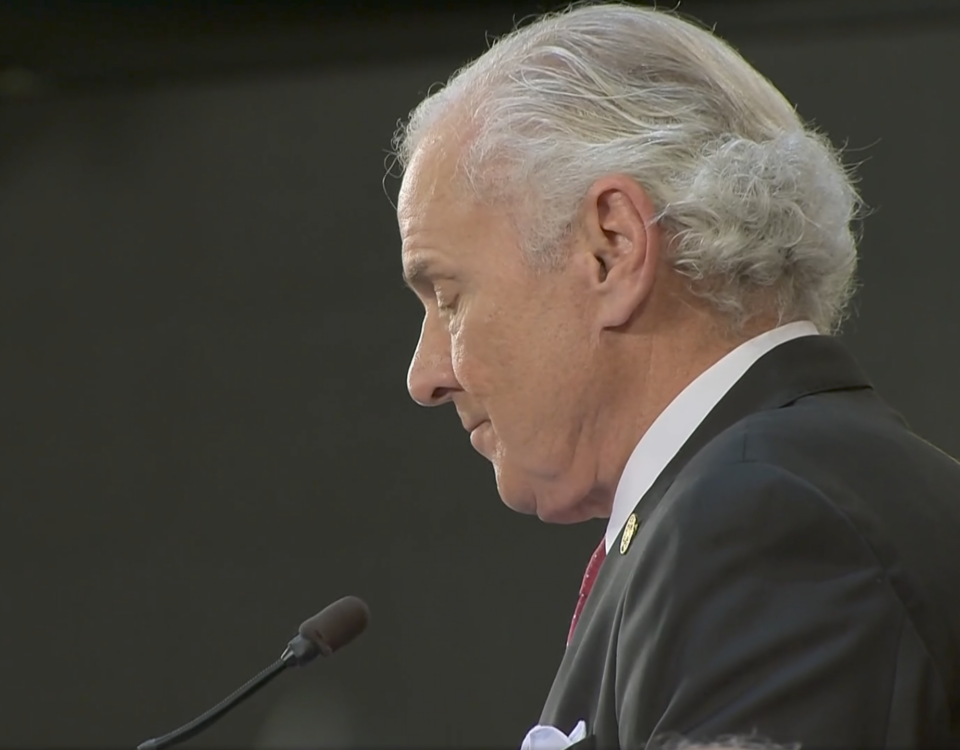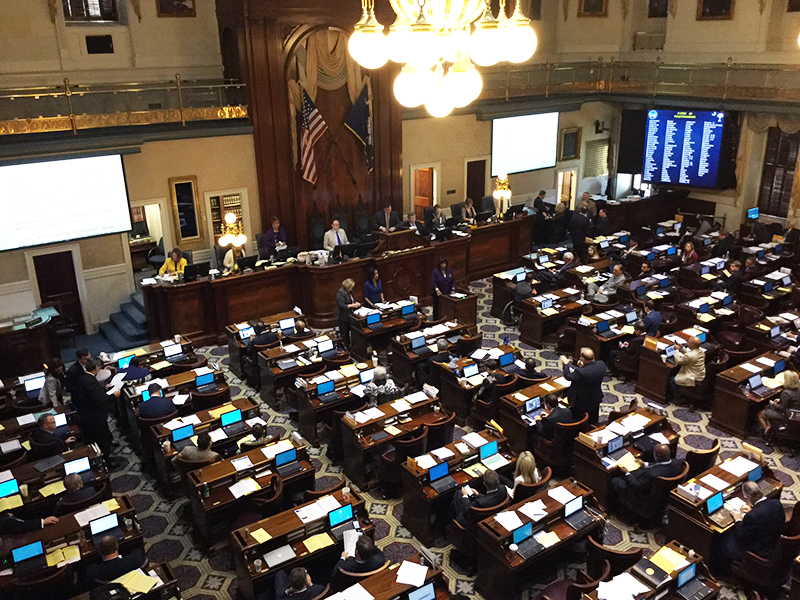
What Made the Cut?: Crossover Update
April 12, 2017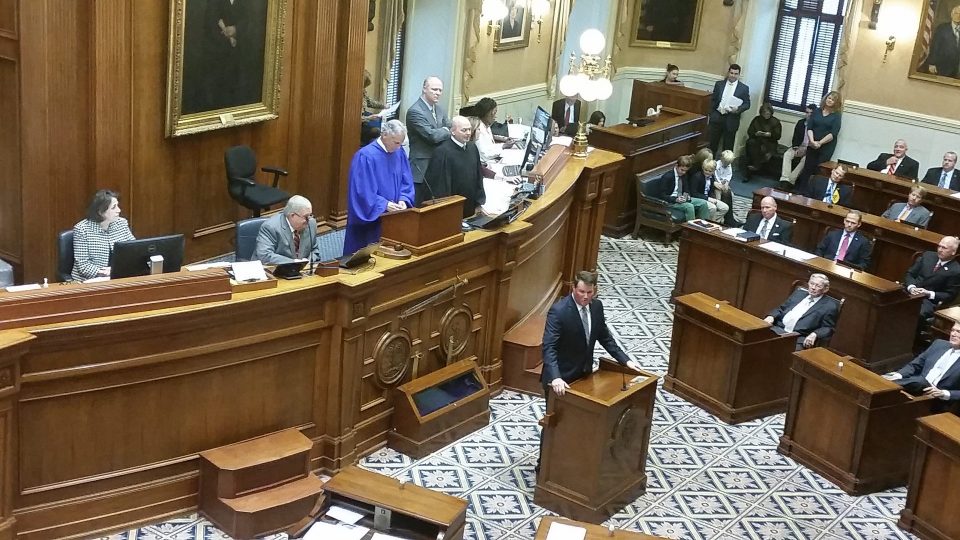
2017 Legislative Hits and Misses
May 15, 2017Road Funding: How a Bill Really Becomes a Law
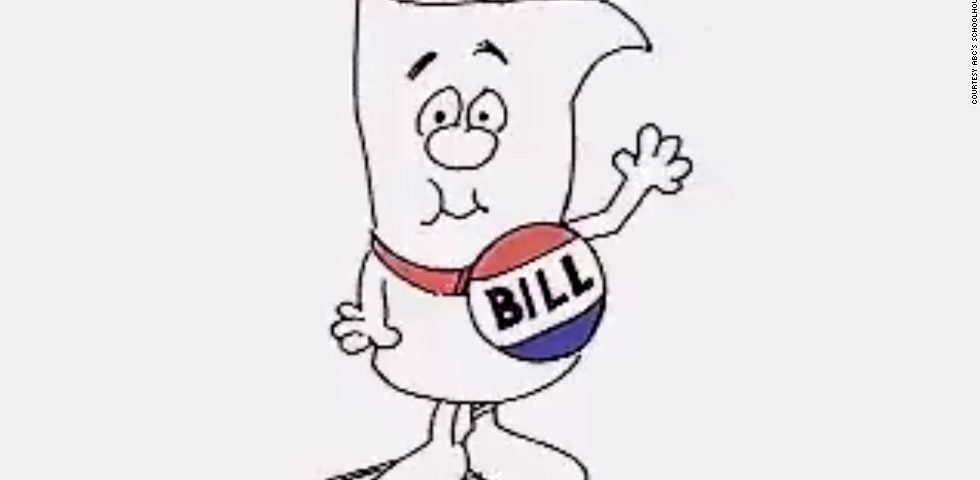
When the Greenville Chamber takes Leadership Greenville to Columbia, we like to make everyone watch the Schoolhouse Rock “I’m Just a Bill” cartoon. It’s a cute introduction to the legislative process.
(We then ask them to watch the Saturday Night Live version with President Obama and his executive orders, which, if you ask me, is one of the best SNL skits ever.)
In May, a substantial road funding package finally cleared the General Assembly, after nearly five years of lobbying, pushing, cajoling, and fighting. The process didn’t resemble “I’m Just a Bill”. Thanks you to all of the Upstate business leaders for your advocacy. This was the Upstate business community’s top priority for many years. Thank you to all of the legislators who took the time to debate, consider, and approve this critical funding.
The plan will raise about $600 million for roads, after the six-year phase in. This is a major shot in the arm for a state facing a critical infrastructure crisis – one of many core government services facing the strain of severe underfunding.
To re-cap for you: The legislation raises the “motor vehicle user fee” (gas tax to the rest of us) by 12 cents over six years (two cents per year). It raises some other fees such as out-of-state car registrations, the sales tax on cars, and others to broaden the funding base for roads. It gives the governor new power over the DOT Commission and restrains the Commission’s powers. It provides a number of tax credits for two-wage earners, college tuition, small manufacturers, and vehicle maintenance to off-set some of the increased cost to South Carolinians. It also creates a state Earned Income Tax Credit for the first time.
House Bill 3516 was not perfect. Not even close. When Leadership Greenville arrives in Columbia, one of the first panels is “How a Bill REALLY Becomes a Law,” which is always eye-opening to folks who aren’t familiar with the legislative process.
I’ve fielded dozens of concerned calls and disgusted questions over the past few months from chamber investors and business leaders asking me about the process. Here are two that help illustrate how a bill really becomes a law:
- “Why all the horse-trading? This bill is becoming ridiculous.” Not to be curt, but welcome to democracy. Whether you are a neighborhood activist working on a city ordinance, or Ambassador Haley lining up votes at the UN Security Council, you have to give something to achieve your goals. Everyone wanted a “pure” road funding bill, but “pure” bills on any topic are elusive. Politics demanded the bill have revenue, reform, and relief. That might not make for the best policy, but it is reality.
- “What do all of these tax credits have to do with road funding?” Good question. The truthful answer is probably very little. The unicorn of business legislation is comprehensive tax reform, in which, the entire tax code will be opened up and made fairer for everyone. Sadly, it will never happen. So, when major tax bills come through the General Assembly, they become like giant lint rollers – picking up all sorts of stuff along the way. Several of the tax credits included in the bill are things the business community supports in different legislation.
But none of the horse-trading or tag-along tax reform issues were worth killing good legislation over. So, what is next?
Whether you are for, against, or undecided, now we have to do our civic responsibility and make sure the money is spent as promised. Citizens and business leaders need to stay engaged, and our legislators need to use their oversight powers to watch – but not micromanage – the process of spending the new tax dollars.
Be sure to call your representatives and senators and tell them thank you for tacking a major problem and coming up with a solution. We send our representatives to Columbia and tell them to solve problems and do the right thing. They did that this year. You can go to https://upstatechamber.org/how-they-voted-2017/ and find out who voted for the bill and how to thank them.
Then get ready for cones, traffic barriers, and lane closures. We neglected our infrastructure for 20 years and we have a lot of work to do.
